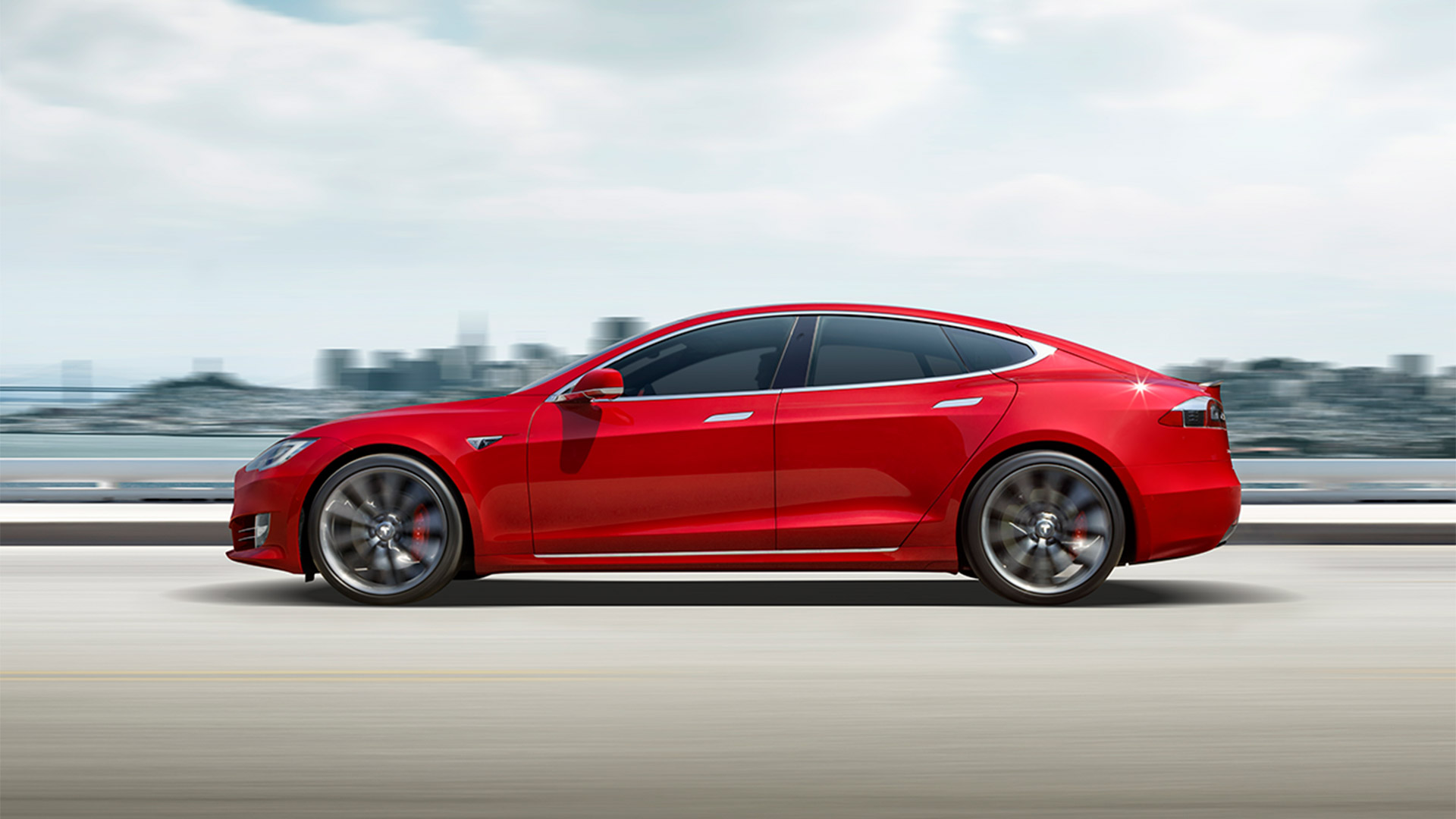

In 2016, Tesla promised to undertake a coast-to-coast autonomous drive in 2017. During the announcement of its 2017 financial results, Tesla confirmed the drive never happened, but the company plans to do it this year.
The promised autonomous road trip was first mentioned when Tesla rolled out a new hardware suite for its Autopilot driver-assist system in October 2016. CEO Elon Musk said the new setup, known as “Hardware 2.0,” would be the foundation for fully-autonomous driving. He said that once certain software was added, Hardware 2.0 would allow a car to drive from Los Angeles to New York City without any human intervention, and that Tesla would prove it with a cross-country demonstration run in 2017.
But in a letter to shareholders discussing Tesla’s fourth-quarter and full-year 2017 financial results, Musk and CFO Deepak Ahuja said the “upcoming autonomous coast-to-coast drive will showcase a major leap forward for our self-driving technology.” So the drive hasn’t happened yet. It’s still “upcoming.”
“I obviously missed the mark with this one,” The Verge reports Musk saying during a call with investors. Musk said ramping up Model 3 production took priority over all other concerns at Tesla last year, hence the delay. While Musk predicted that the Model 3 would send Tesla to “production hell,” the company encountered even more bottlenecks and difficulties than anticipated.
Musk said Tesla could have pulled off the cross-country drive on schedule, but it would have required “specialized code” and thus wouldn’t be the production-ready system originally promised. That’s “not really a true solution,” Musk said. He went on to indicate that the drive could happen sometime over the next three to six months, although The Verge notes that he made the exact same promise one year ago.
Befitting someone who just sent a car into space, Musk’s plans for autonomous driving are very ambitious. While other automakers plan to launch self-driving cars in ride-sharing services, Tesla will start by selling them directly to customers. “Full Self-Driving Capability” is already listed as an option on Tesla’s Model S configurator, albeit with the disclaimer that “self-driving functionality is dependent on upon extensive software validation and regulatory approval, which may vary widely by jurisdiction.”
Equally ambitious is Tesla’s plan to achieve full autonomy with software updates alone. Hardware 2.0 uses only cameras and radar, forgoing the lidar sensors that most other companies use in their self-driving cars. While Tesla is developing a “backup” system—commonly referred to as “Hardware 2.5″—even that version probably won’t have lidar. During the investor call, Musk called lidar an unnecessary “crutch.”